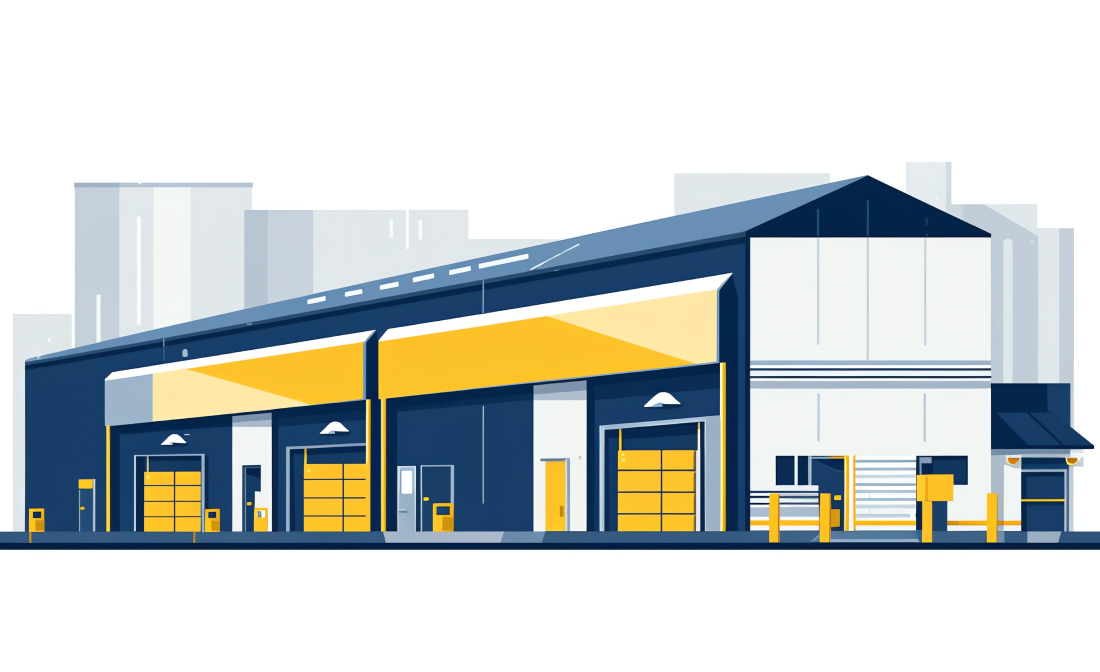Technological advances and the trends they cause impose great challenges to companies today, Internet of Things (IOT), Industry 4.0, robotic process automation (RPA), e-commerce, mobile applications, radio frequency tags (RFID) and artificial intelligence (AI), among others, can make the difference in efficiency and competitiveness to such an extent that they can even determine the livelihood of companies.
Given this scenario, it is vital for companies undergoing Digital Transformation to provide optimal conditions that allow them to easily and quickly adopt technological advances that ensure competitive advantages.
Being the ERP the tool that concentrates the structural elements of the Digital Business Transformation: People, processes and technology, it is evident that it must integrate and enhance the capabilities of adoption or adaptation of new technological advances for the company.
Given such transcendence of ERP, it is important to consider the aspects that companies should analyze so that their choice and contribution is optimal for digital transformation, experience has shown that the most relevant are:
Comprehensiveness - It is essential that the ERP solution contemplates most of the company's processes, particularly integrating all those of the value chain. When processes are managed with dispersed tools, integration entails additional costs and it is difficult to synchronize data and operations, which can generate inconsistencies and make it difficult to incorporate technologies that are transversal to processes supported by different tools.
Flexibility - Even when the ERP is integral, it is always necessary to create extensions, adaptations and integrations, including in some cases it may be necessary to access the source code, there are also several closed, rigid ERPs that hinder the implementation of innovations or other technologies. In this sense, there are ERP options on the market with open source code and even with low-code development environment, although they still dominate the ERP market, closed options that are almost impossible to integrate or others whose licensing cost overruns for integrating other solutions or technologies can reach millions of dollars.
Freedom - Similar to what happens with flexibility, some ERPs allow the company to choose the implementation mode: on-premise or in the cloud, as well as to choose the operating system and database of its preference, providing technical and operational independence, which facilitates and allows innovating, extending and integrating technological advances or adopting trends. Other ERPs require the use of a specific cloud, infrastructure or database engine, which, in addition to restricting the possibilities of adopting technological innovations, generally generates additional costs over a single option.
Scalability - Given that companies developing their digital transformation may need to expand their capabilities and extend functional scopes at any time, it is important that the ERP allows enabling additional scopes or adding user, process or storage capabilities. Most ERP solutions on the market meet this factor, however, the scale of investment for each varies, so the company should project a possible scenario and evaluate the capabilities and the effect of growing or expanding operations.
Economics - The technological gap in scope and capabilities between the different ERPs has narrowed significantly, therefore, the price and cost factor is becoming increasingly relevant, however, it is not so easy to make a comparison between the different ERP offerings, given the heterogeneity of the offerings. In this regard, the main cost elements that make up the solution must be taken into account: The licensing or subscription, implementation services, the server or hosting technology platform (considering operating systems, database engine and backups), maintenance and updating of the solution, functional support services and developments of adaptations or integrations. It is suggested to make a calculation of the total cost of ownership projected with all these costs for three, five or ten years, in order to have an adequate comparison.
Each company, according to its industry, technological influence in its market and technological projection can define the weight of each aspect and weight the evaluation, to adapt the analysis of its ERP against the expectation of Digital Transformation.







